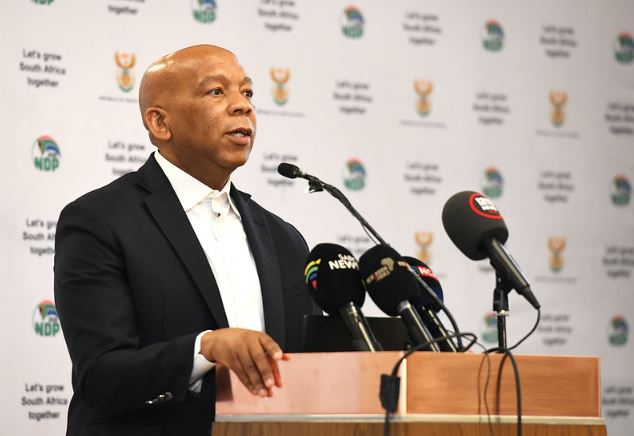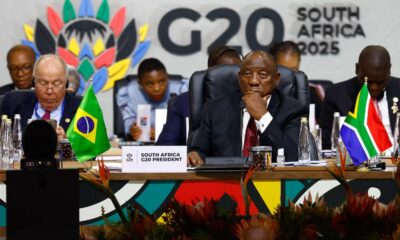News
A R2.23 Trillion Gambit: South Africa Unveils Its Most Ambitious Power Plan Yet

The scale of the challenge is unprecedented, and now, the proposed solution matches it. The South African government has laid out a monumental blueprint for the future of the nation’s energy, a plan with a price tag of R2.23 trillion. This isn’t just an update; it’s a complete overhaul, representing the most ambitious and costly effort to date to pull the country out of its power crisis and build a grid fit for the 21st century.
This plan, detailed in the latest Integrated Resource Plan (IRP), is the country’s official roadmap for what gets built, when, and how. For citizens and businesses tired of living in the dark, it offers a detailed, if daunting, path toward energy stability.
A Massive Bet on New Generation
The core of the R2.23 trillion strategy is a massive and rapid build-out of new electricity generation. The plan signals a decisive pivot away from relying solely on Eskom’s aging and unreliable coal fleet. Instead, it places a huge bet on diversifying the energy mix at a scale never before attempted in South Africa.
This means a dramatic acceleration of renewable energy projects. Thousands of megawatts of new solar and wind power are slated to come online, harnessing the country’s abundant natural resources. But the vision extends beyond renewables. The plan also makes room for new technologies like battery storage to hold solar power for use at night, and gas-to-power plants to provide quick, flexible energy when the sun isn’t shining and the wind isn’t blowing.
Why the Staggering Cost?
A figure of R2.23 trillion is difficult to comprehend. This investment isn’t just for building power plants. It covers the entire ecosystem required to keep the lights on. This includes:
-
New Generation: Funding for the actual construction of solar farms, wind facilities, and gas plants.
-
Grid Expansion: A critical and often overlooked component. The national transmission grid needs billions in investment to connect new power plants, often located in remote, sunny, or windy areas, to the major cities that need the electricity.
-
Storage and Stability: Investment in battery storage and other technologies to ensure the grid remains stable with intermittent renewable energy.
A Public-Private Partnership on a Grand Scale
The government has made it clear that the state cannot fund this alone. The successful execution of this plan hinges on unlocking massive private investment. The role of the government will be to create a stable and attractive policy environment, while private companies will be expected to compete to build, own, and operate a significant portion of this new energy capacity.
This model aims to bring efficiency, innovation, and much-needed capital into the energy sector, breaking the monopoly of Eskom and creating a more competitive and resilient power market.
The R2.23 trillion plan is a declaration of intent. It acknowledges that solving the energy crisis requires a effort of national importance. While the path ahead is complex and the price tag is enormous, the plan finally provides a comprehensive, costed vision for a future without load shedding. The mammoth task of turning this blueprint into reality begins now.


























